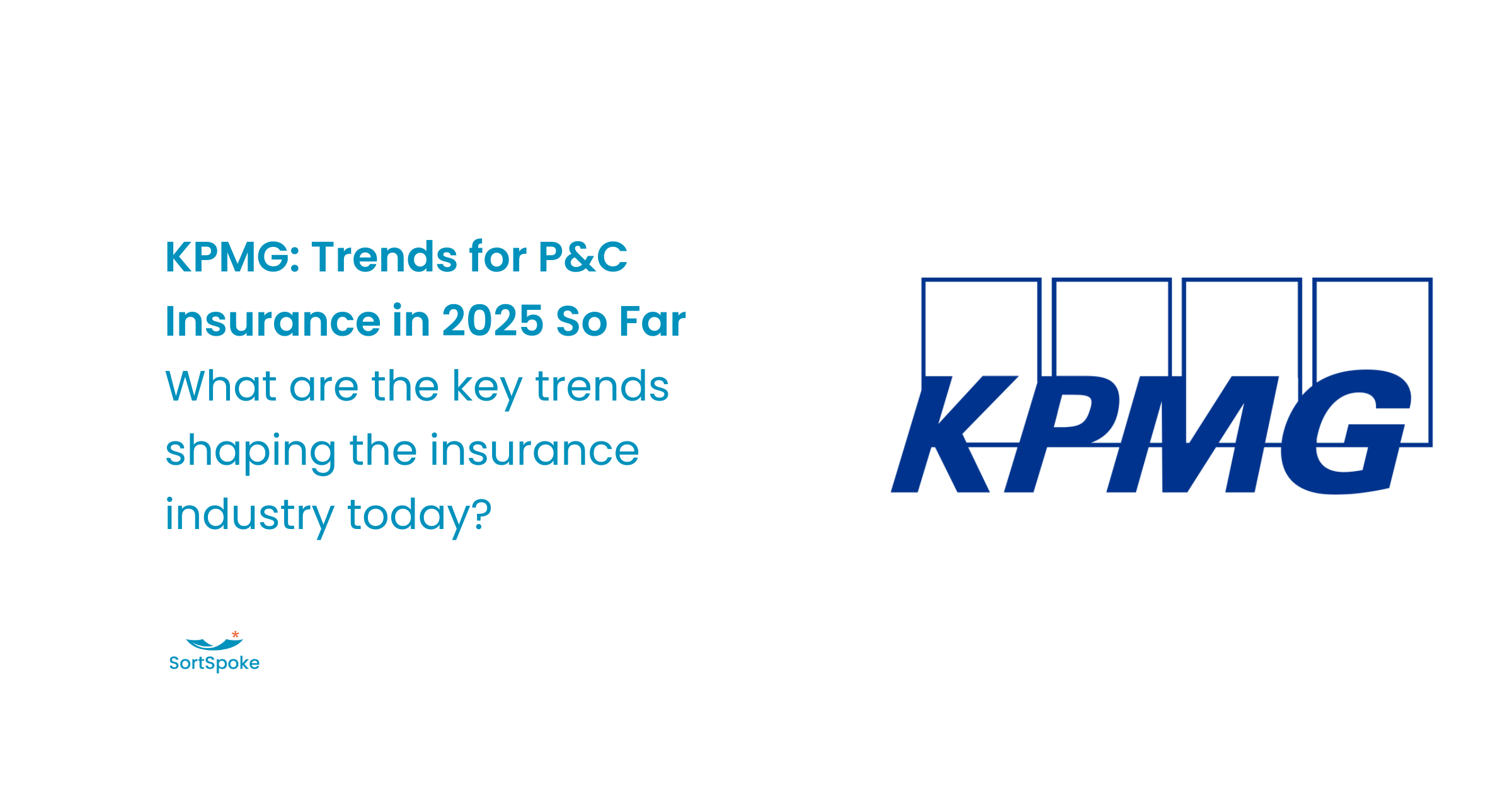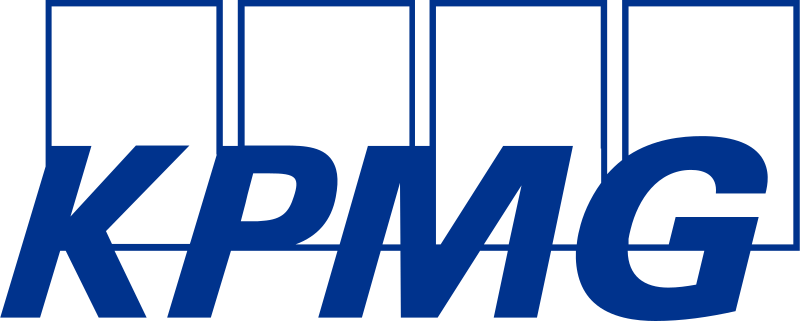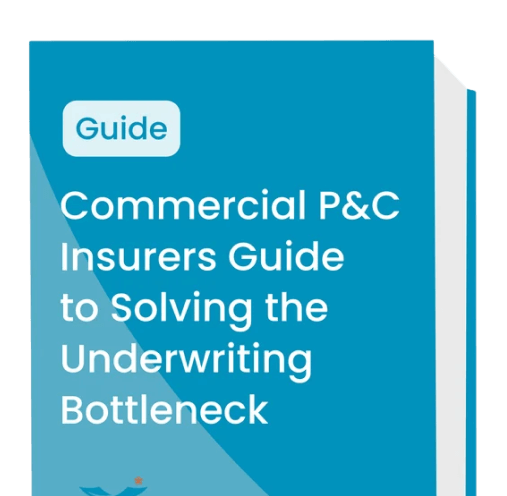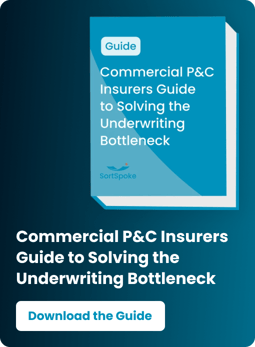
KPMG Trends for P&C Insurance in 2025 So Far
TL;DR
- Inflation continues driving premium increases across personal and commercial lines, forcing carriers to balance profitability with competitive positioning
- Consumer price-shopping has expanded beyond auto insurance to home coverage, with higher-income individuals surprisingly leading the charge for alternative providers
- Regulatory frameworks are evolving rapidly with NAIC's 2025 roadmap emphasizing AI integration, cybersecurity, and catastrophe risk management
- Technology adoption creates competitive advantages for insurers who can deploy explainable AI solutions while maintaining regulatory compliance
- Value-conscious consumers present opportunities for innovative product design and flexible coverage options that communicate clear value propositions
- Success in 2025 requires balancing pricing strategies, operational efficiency through emerging technologies, and evolving regulatory compliance requirements

"The property/casualty insurance industry continues to face a landscape of compounding economic volatility and evolving consumer behaviors as consumers are becoming more discerning with their finances.
As we reach the midpoint of 2025, the property and casualty insurance landscape continues to evolve at an unprecedented pace. Picture a seasoned underwriter reviewing submissions—what once took hours of manual document processing and analysis can now be completed in minutes, yet the fundamental challenges of balancing profitability, customer satisfaction, and regulatory compliance remain more complex than ever.
A mid-year industry report from KPMG reveals three critical trends that are reshaping how P&C insurers operate, compete, and serve their customers. These developments aren't just statistical observations—they're the forces driving strategic decisions in boardrooms and underwriting departments across the industry.
Understanding these trends is essential for insurance professionals who need to navigate economic volatility while positioning their organizations for sustainable growth. Let's examine what the data reveals and what it means for the future of P&C insurance operations.

"As insurers advance their compliance frameworks, they’ll need to remain agile and lean into emerging technologies, including the deployment of agentic AI on their compliance platforms.
The Persistent Reality of Inflationary Pressure
The "sticker shock" phenomenon that has defined recent years shows no signs of abating. Rising costs for materials, labor, and services continue to directly translate into higher claims costs, forcing insurers to raise premiums across both personal and commercial lines to maintain profitability.
What makes this trend particularly challenging is its ripple effect throughout the entire insurance ecosystem. Claims adjusters are reporting significantly higher repair costs, from auto body work to home reconstruction projects. Materials that cost $100 last year now command $120 or more, and labor shortages in construction and automotive repair continue to drive hourly rates upward.
This inflationary pressure creates a complex challenge: insurers must raise premiums to maintain profitability, yet these increases drive customer shopping behavior that can lead to significant policy churn. The organizations that thrive in this environment are those that can process applications faster, provide more accurate risk assessments, and deliver superior customer experience—all while maintaining stringent cost controls.
The Surprising Evolution of Consumer Shopping Behavior
Perhaps the most counterintuitive finding from the report concerns who is driving the increased shopping behavior. Higher-income individuals are paradoxically the most likely to shop for alternative auto insurance providers—a trend that challenges traditional assumptions about price sensitivity across income brackets.
This behavior pattern has expanded beyond auto insurance to home coverage, where consumers are increasingly scrutinizing value propositions. The data reveals that many consumers have never considered supplemental home insurance policies, indicating a preference for basic coverage options. However, among those who have explored additional protection, flood insurance and valuable personal property coverage emerge as top priorities.
What This Means for Underwriters
This trend suggests that consumers are making more strategic, informed decisions about their insurance purchases rather than simply seeking the lowest price. They're evaluating:
- Coverage adequacy for specific risk exposures they perceive as most threatening
- Value propositions that extend beyond premium cost to include service quality and claims handling
- Flexibility in coverage options that allow them to customize protection based on their unique circumstances
Regulatory Evolution and Technology Integration
The National Association of Insurance Commissioners (NAIC) has outlined an ambitious 2025 roadmap targeting core areas including financial governance modernization, risk-based capital framework updates, and emerging technology integration. Particularly significant are initiatives around artificial intelligence, cybersecurity, and catastrophe risk management.
The AI Compliance Challenge
The regulatory emphasis on AI creates both opportunities and challenges. Insurers must deploy AI solutions that enhance operational efficiency while maintaining explainability and regulatory compliance. This requirement eliminates black-box AI approaches in favor of solutions that provide clear audit trails and human oversight.
AI systems that provide clear, understandable explanations for their decisions and recommendations, enabling human oversight and regulatory compliance.
Key characteristics include data source transparency, decision logic visibility, and human-in-the-loop validation capabilities that ensure every AI-generated result can be audited and verified.
This regulatory direction strongly favors human-in-the-loop AI approaches that combine machine learning efficiency with human expertise and oversight. For document processing and underwriting applications, this means AI systems must:
- Provide transparent explanations for data extraction and risk assessment decisions
- Enable human validation and correction of AI-generated results
- Maintain comprehensive audit trails for regulatory examination
- Continuously improve through human feedback while ensuring compliance

"As insurers advance their compliance frameworks, they’ll need to remain agile and lean into emerging technologies, including the deployment of agentic AI on their compliance platforms.
Strategic Implications for Insurance Operations
Operational Efficiency Becomes Critical
In an environment of rising costs and price-sensitive consumers, operational efficiency directly impacts competitive positioning. Organizations that can process submissions faster while maintaining accuracy will capture market share and improve profitability simultaneously.
The most successful carriers are implementing AI-powered document processing solutions that enable underwriters to:
- Process 5X more submissions without increasing staff
- Maintain 100% accuracy through human-in-the-loop validation
- Reduce quote-to-bind timelines from days to hours
- Handle complex, unstructured documents without requiring templates
Technology Investment Priorities
Based on the regulatory roadmap and market pressures, insurance technology investments should prioritize:
- Explainable AI solutions that enhance underwriting efficiency while maintaining compliance
- Cybersecurity frameworks that protect sensitive customer and operational data
- Catastrophe risk management tools that improve predictive capabilities
- Integration platforms that work seamlessly with existing underwriting workflows
Market Positioning Opportunities
The trend toward value-conscious consumers creates openings for innovative product design and pricing strategies. Insurers who can effectively communicate value propositions while offering flexible coverage options may capture market share from competitors struggling with customer retention.
Key positioning strategies include:
- Transparent pricing models that clearly communicate value beyond premium cost
- Flexible coverage options that allow customers to customize protection
- Superior customer experience through faster processing and responsive service
- Educational content that helps consumers understand coverage options and benefits
Looking Forward: Success Strategies for 2025
The second half of 2025 will likely be defined by continued consumer focus on value and premium sensitivity. Success will depend on insurers' ability to adapt pricing strategies, leverage emerging technologies for operational efficiency, and maintain compliance with evolving regulatory requirements—all while managing the ongoing challenges of an inflationary economic environment.
The Efficiency Imperative
Organizations that can't improve operational efficiency will face a double squeeze: rising operational costs combined with pressure to keep premiums competitive. The solution lies in strategic technology adoption that enhances human capabilities rather than replacing expertise.
Competitive Differentiation Through Technology
AI-powered document processing represents a significant competitive advantage for insurers willing to invest in explainable, compliant solutions. The ability to process submissions faster while maintaining accuracy enables:
- Improved customer experience through faster quote-to-bind timelines
- Enhanced profitability through reduced operational costs
- Better risk assessment through consistent, thorough document analysis
- Regulatory compliance through transparent, auditable processes







